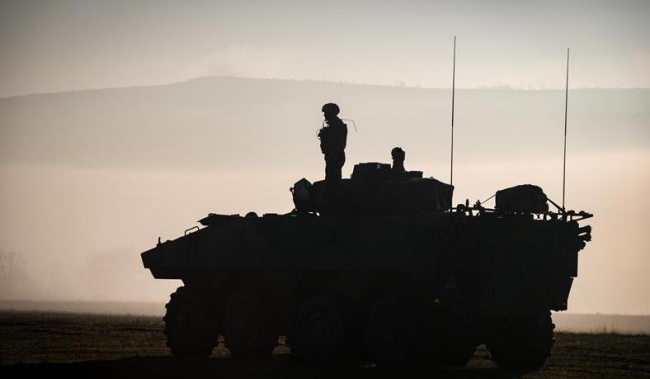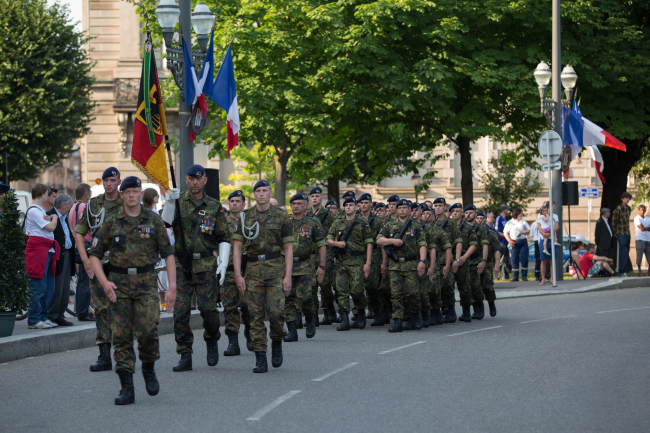Stabiliser autrement ? Les équipes provinciales de reconstruction (PRT) en Afghanistan

Jadis simple corollaire de l'action militaire, ce qu'il est convenu d'appeler la bataille des cœurs et des esprits constitue désormais l'un des enjeux principaux du conflit et en tout état de cause, l'enjeu majeur de la sortie de crise. Bien que préparée dès le temps de paix, la relation entre acteurs civils et militaires peine traditionnellement à se mettre en place sur les théâtres d'opérations, tant les modes opératoires des uns et des autres sont différents. Justement conçues pour dépasser ces divergences en Afghanistan, les équipes provinciales de reconstruction (PRT) représentent aujourd'hui l'outil de terrain le plus abouti en matière de coopération civilo-militaire.Malgré les ambiguïtés qui persistent entre aide humanitaire et objectifs militaires, en dépit également de résultats aléatoires et de certaines polémiques concernant la pertinence même du concept, les PRT s'étendent progressivement à tout l'Afghanistan qui fait désormais figure de laboratoire pour les stratégies de sortie de crise, au point de poser la question de la portée véritable de l'instrument pour les opérations de stabilisation à venir.
Download the full analysis
This page contains only a summary of our work. If you would like to have access to all the information from our research on the subject, you can download the full version in PDF format.
Stabiliser autrement ? Les équipes provinciales de reconstruction (PRT) en Afghanistan
Related centers and programs
Discover our other research centers and programsFind out more
Discover all our analysesThe Franco-German Brigade and the Revival of European Defense
One thing has been clear since Donald Trump's return to the White House: the very existence of the European unification project is threatened. Unless it develops a sovereign defense policy to counter the war in Ukraine and the weakening of American security guarantees, the European Union will continue to see its internal cohesion and external attractiveness wane.
Taking the Pulse: Can Europeans Build Their Independent Extended Nuclear Deterrent?
Confronted with a U.S. disengagement and the Russian threat, Europeans are reconsidering their stance on nuclear deterrence. Given the capabilities of the French and British arsenals, can Europe develop an independent nuclear deterrent?

RAMSES 2024. A World to Be Remade
For its 42nd edition, RAMSES 2024 identifies three major challenges for 2024.
A Transatlantic Defense Industrial Base? Two Contrasting Views
The evolving landscape of global defense cooperation has brought the transatlantic relationship between the United States (US) and Europe into sharp focus. As geopolitical tensions rise and the threat environment becomes more complex, the question of how Europe can best ensure its security while navigating its relationship with the United States has become paramount. This double feature report offers two contrasting views on the dynamics of US-Europe defense industrial relations, highlighting the challenges and opportunities that lie ahead for both parties.










